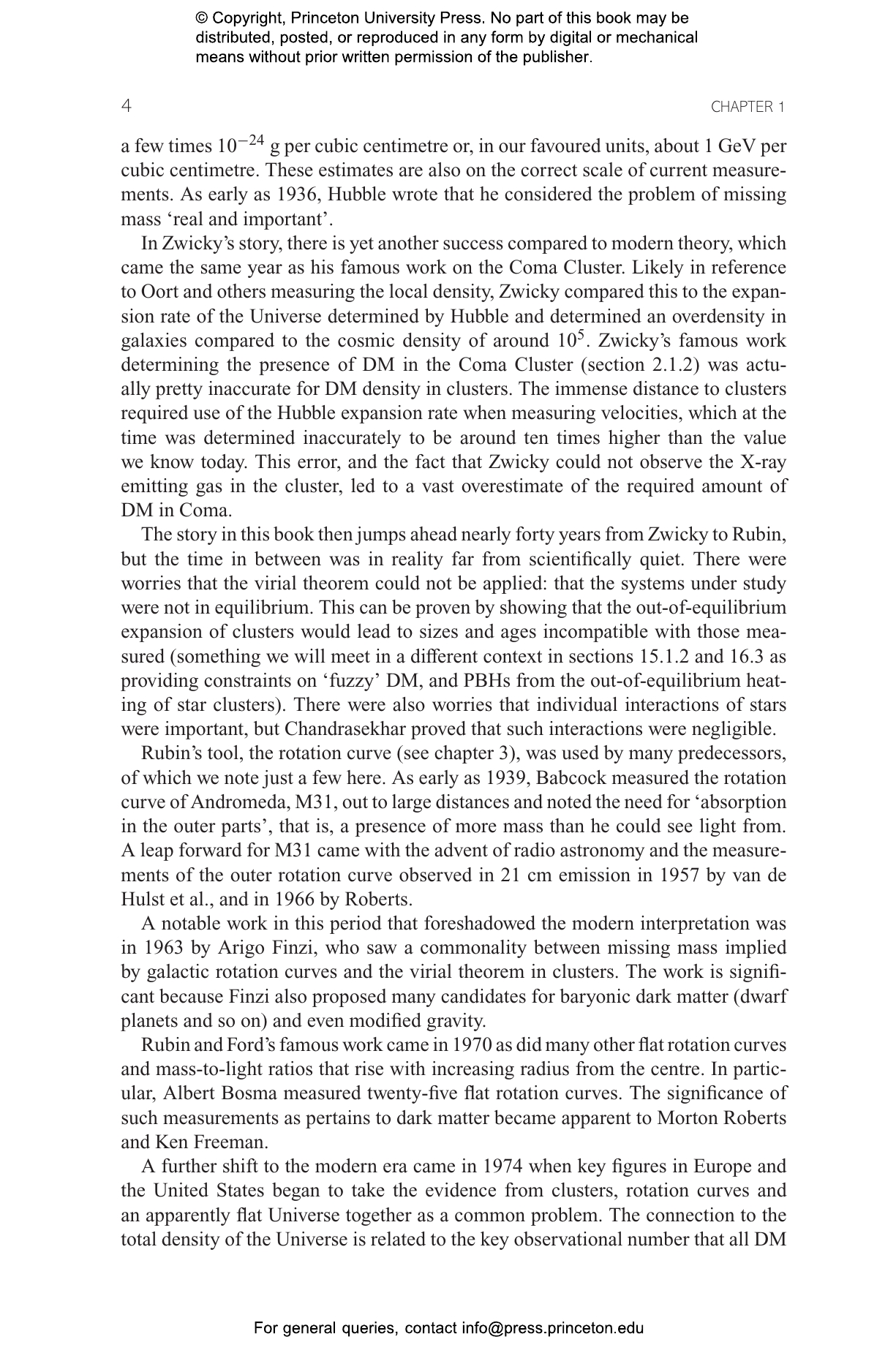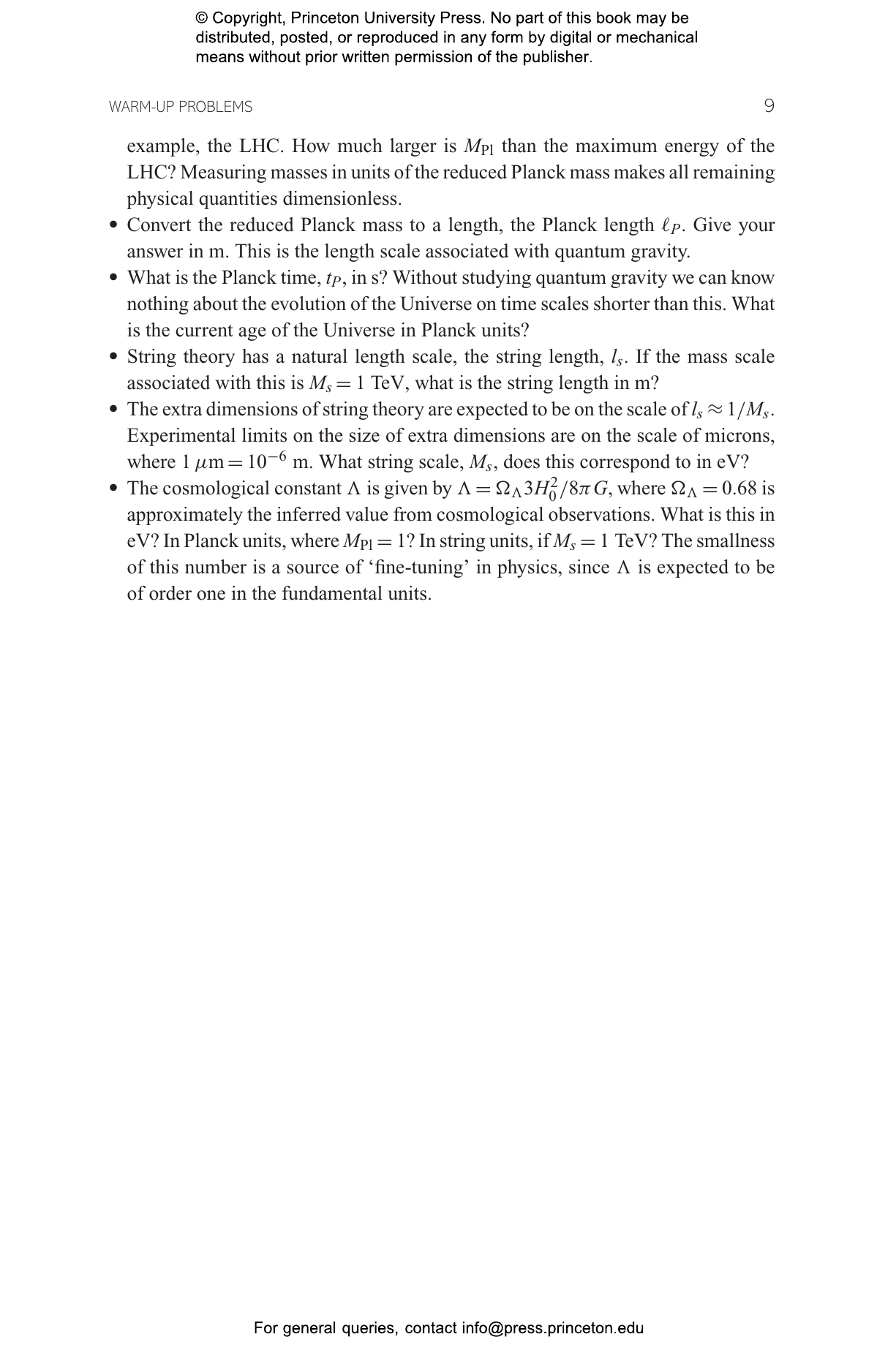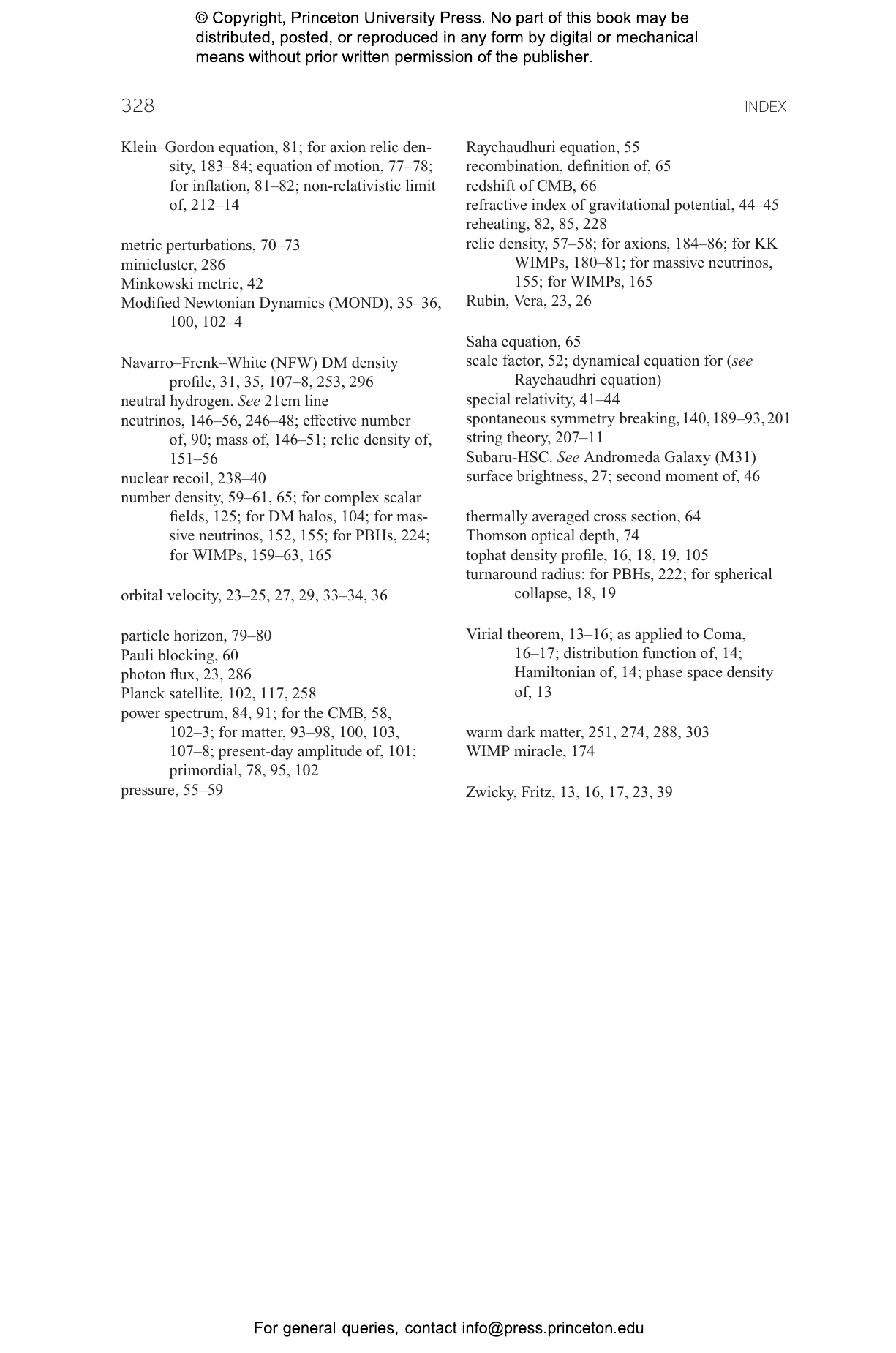This book provides an incisive, self-contained introduction to one of the most intriguing subjects in modern physics, presenting the evidence we have from astrophysics for the existence of dark matter, the theories for what it could be, and the cutting-edge experimental and observational methods for testing them. It begins with a survey of the astrophysical phenomena, from rotation curves to lensing and cosmological structure formation. It goes on to offer the most comprehensive overview available of all three major theories, discussing weakly interacting massive particles (WIMPs), axions, and primordial black holes. The book explains the constraints on each theory, such as direct detection and indirect astrophysical limits, and enables students to build physical intuition using hands-on exercises and supplemental material.
- The only book to treat extensively WIMPs, axions, and primordial black holes
- Provides balanced coverage of the evidence, theory, and testing for dark matter from astrophysics, particle physics, and experimental physics
- Includes original problems and short quizzes throughout
- Accompanied by Jupyter notebooks that give sample calculations and methods to reproduce key results and graphs
- An ideal textbook for advanced undergraduate and graduate students and an essential reference for researchers
David J. E. Marsh is an Ernest Rutherford Fellow and lecturer in the Department of Physics at King’s College London. David Ellis holds a PhD in astrophysics from the University of G枚ttingen. Viraf M. Mehta was a postdoctoral researcher at the Institute for Astrophysics and Geophysics at the University of G枚ttingen and is now a physics teacher at the Browning School in New York City and visiting scholar at the Center for Cosmology and Particle Physics at New York University.
“This book is a delight. The authors give a broad overview of dark matter in a way that will not intimidate students but rather invite them on a guided exploration. The mathematics is largely accessible, the problems are excellent, and the gentle quizzes will help students stay alert and engaged. I wish I had a book like this when I was a student!”—Dmitry Budker, coauthor of Optically Polarized Atoms
“Whether you are interested in the evidence for dark matter, the particles that might make up the dark matter, or the ways that we are looking for those particles, this book provides a great and comprehensive introduction.”—Dan Hooper, author of Particle Cosmology and Astrophysics
“I know of no other textbook that covers axions and primordial black holes in such depth, and students will respond well to the self-contained treatment. Combined with its modern coverage of experimental and observational constraints, this is a very compelling book that fills a major void.”—Mike Boylan-Kolchin, University of Texas at Austin
“This is a thorough survey of the best current ideas about dark matter. It is accompanied by worked programming exercises that give the student a direct and hands-on experience with the concepts, which I think adds greatly to the value of the book for a learner. Starting with an undergraduate education in physics, it brings a reader up to date to the latest understanding about dark matter—evidence for it and possibly the nature of it.”—Gray Rybka, University of Washington
“Dark matter spans a very broad range of topics and methods, from astrophysics and cosmology to observations, experiments, and theory. This engaging textbook clearly presents the relevant essentials of all these areas, making it extremely useful to new researchers as well as practitioners who wish to broaden their knowledge.”—Anne Green, University of Nottingham


















